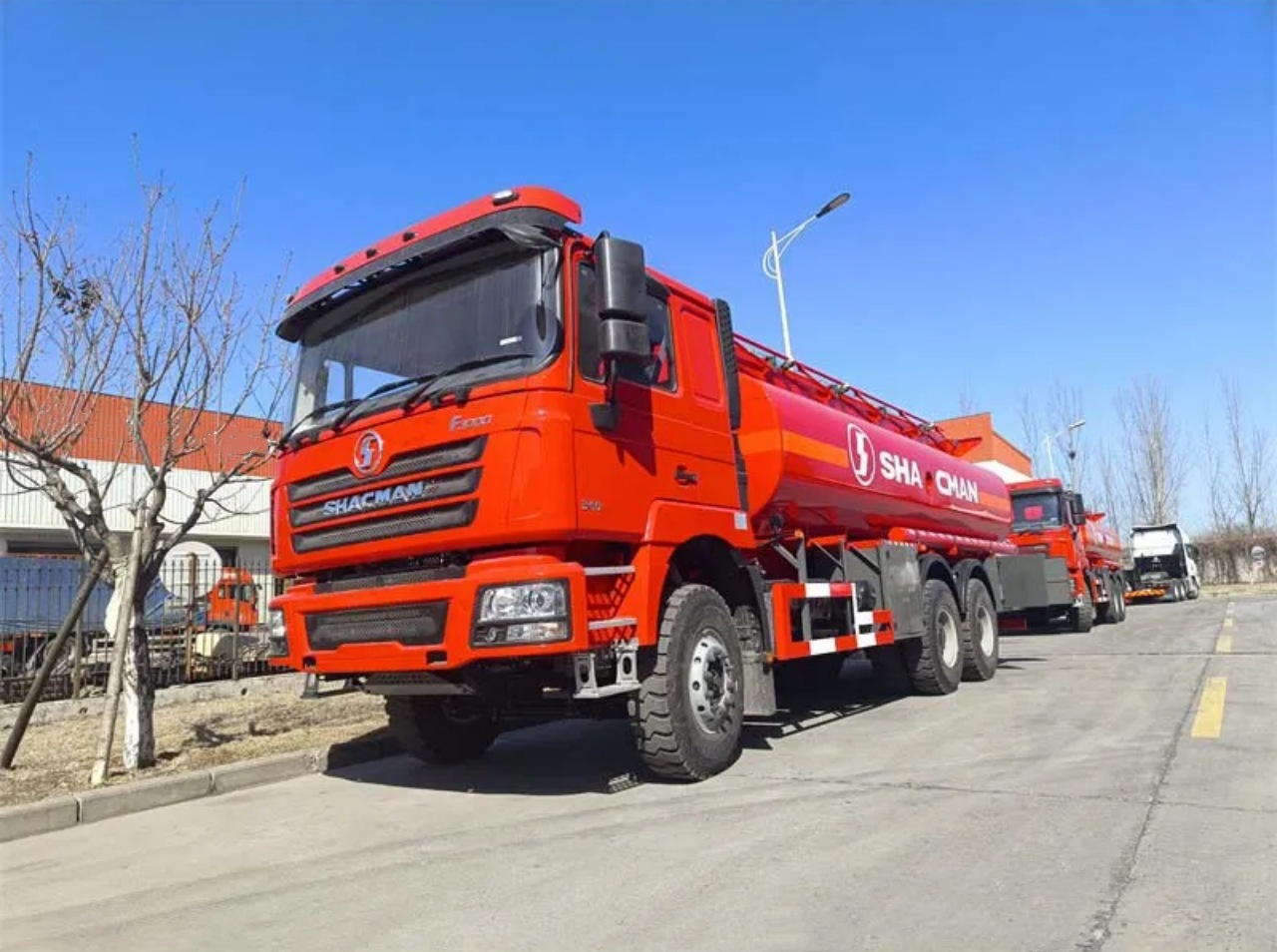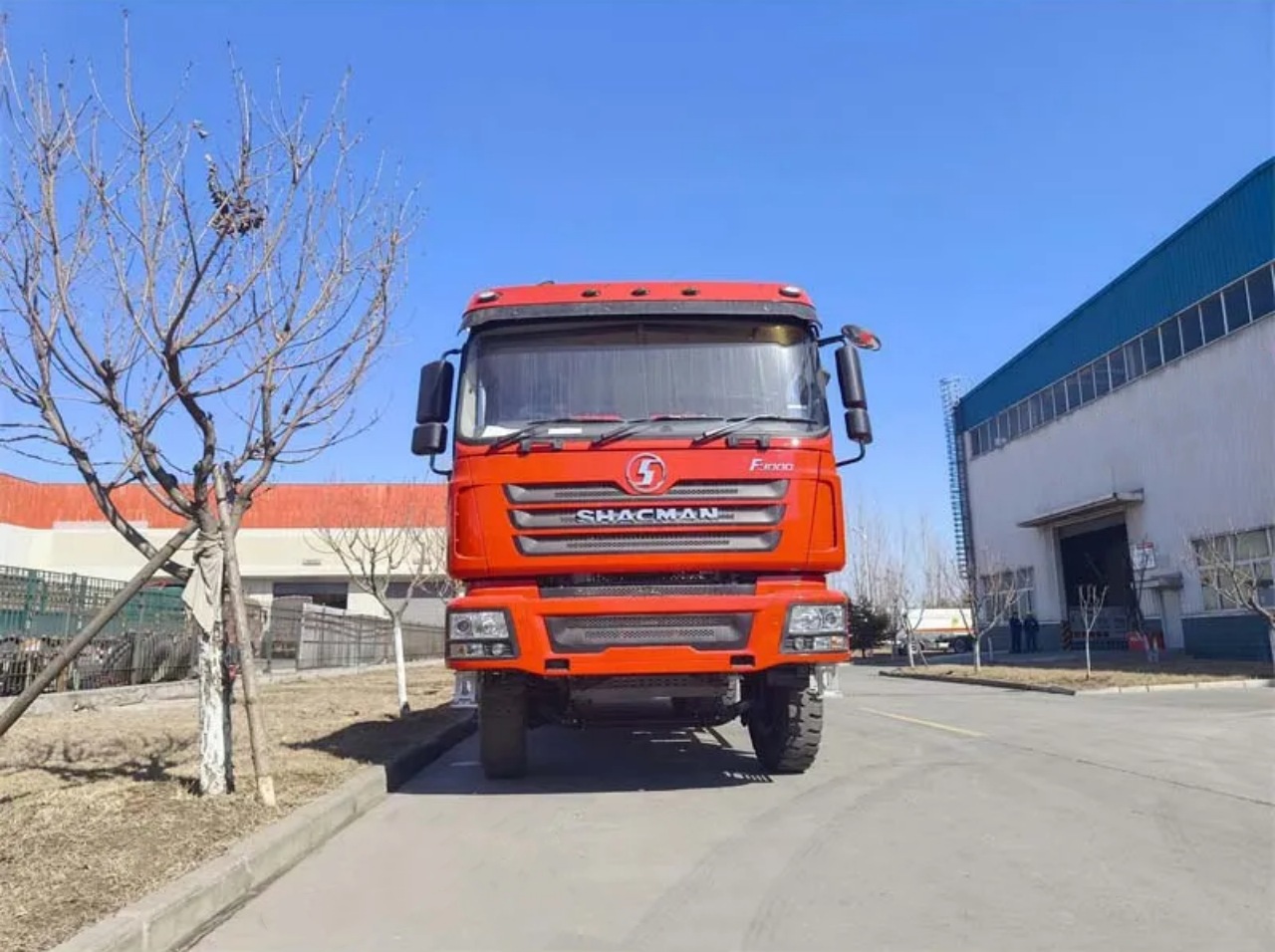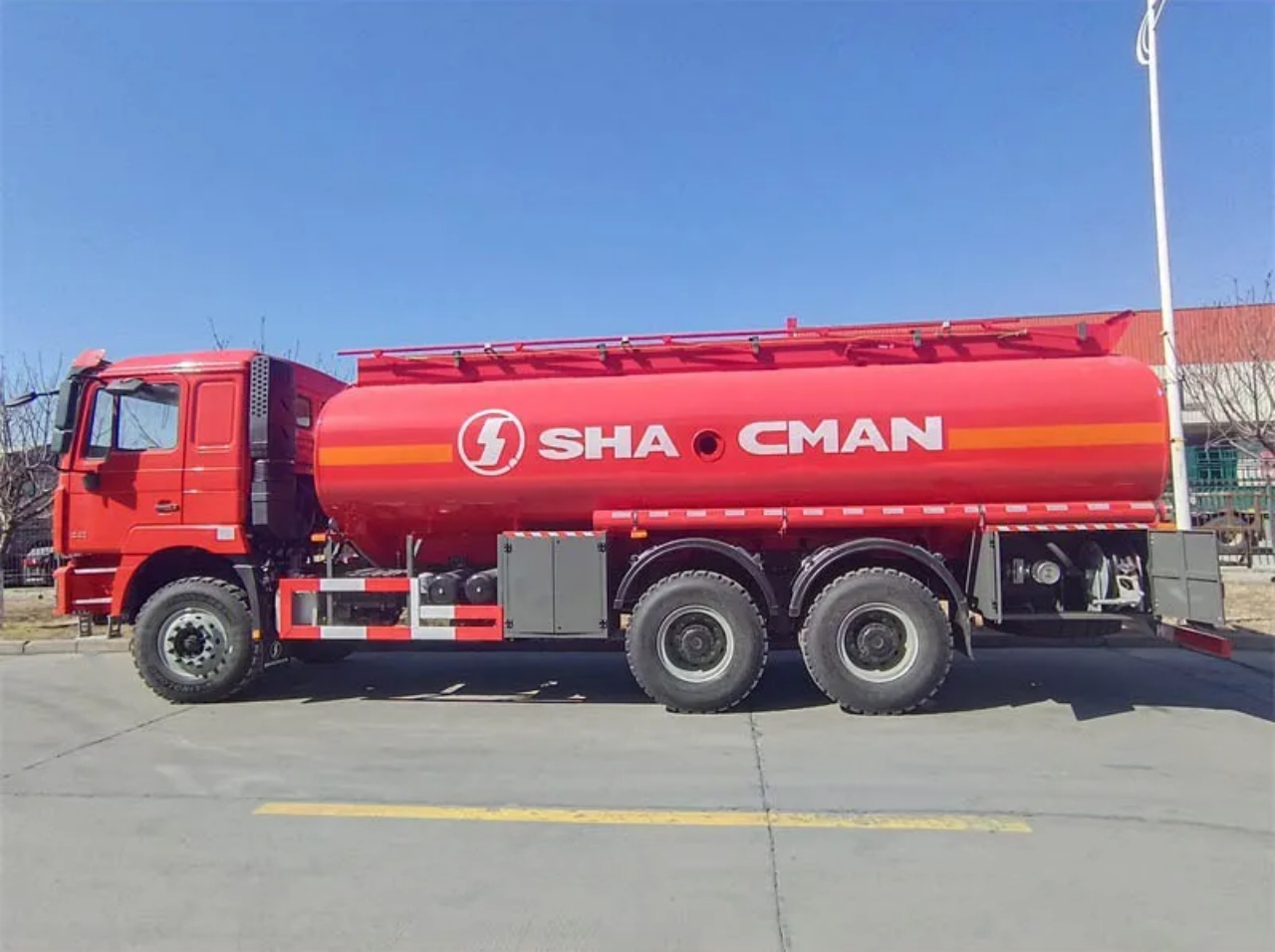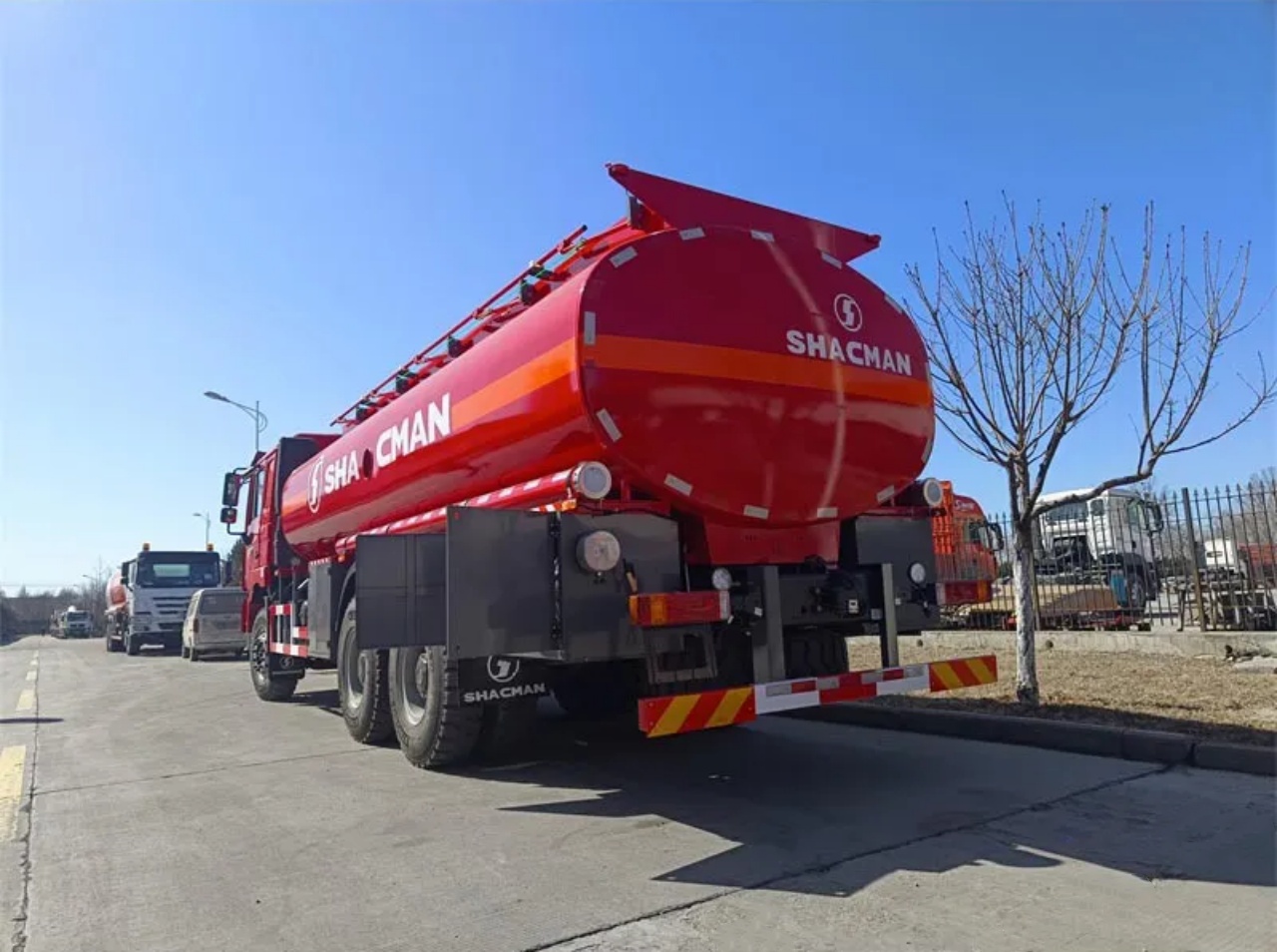When you think about the vehicles responsible for fueling homes, businesses, and industrial operations, oil delivery trucks are at the forefront. These trucks play a crucial role in transporting heating oil, diesel, and other petroleum products from distribution centers to end-users. But just how big are these vehicles? The answer varies depending on the type of truck, its purpose, and the regulations in the area of operation. Let’s dive deep into the world of oil delivery trucks to understand their size, capacity, and design.
Understanding the Role of Oil Delivery Trucks
Before delving into their dimensions, it’s important to understand the primary purpose of oil delivery trucks. These vehicles are specially designed to carry refined petroleum products, primarily heating oil and diesel fuel, from bulk storage facilities to homes, businesses, farms, and other end-users.
Most of these trucks are equipped with insulated, cylindrical tanks and metering systems that allow precise fuel delivery. Because they often serve residential areas, their design needs to balance fuel capacity with maneuverability and safety.

General Size Categories of Oil Delivery Trucks
Oil delivery trucks can be broadly categorized into small, medium, and large units, depending on their tank size, chassis type, and intended use.
1. Small Oil Delivery Trucks
These trucks are typically used for deliveries in urban areas where tight streets and limited space make larger vehicles impractical.
- Tank Capacity: 1,000 to 2,000 gallons (3,785 to 7,570 liters)
- Chassis: Often built on a single-axle medium-duty truck chassis
- Length: Approximately 20 to 25 feet (6 to 7.6 meters)
- Width: About 8 feet (2.4 meters)
- Height: Around 9 to 10 feet (2.7 to 3 meters)
Small oil trucks are nimble and designed for quick stops and efficient navigation in residential neighborhoods. Their compact size allows them to get close to tight driveways or back alleys.
2. Medium Oil Delivery Trucks
These are the most common oil delivery trucks used by fuel companies, offering a balance between fuel capacity and mobility.
- Tank Capacity: 2,000 to 3,500 gallons (7,570 to 13,250 liters)
- Chassis: Typically mounted on tandem-axle medium to heavy-duty trucks
- Length: 25 to 30 feet (7.6 to 9.1 meters)
- Width: About 8 to 8.5 feet (2.4 to 2.6 meters)
- Height: Around 10 feet (3 meters)
Medium trucks are versatile and suitable for both suburban and light rural deliveries. Their larger tank allows fewer refills at the depot and longer delivery routes.
3. Large Oil Delivery Trucks
These trucks are used for bulk deliveries, often to commercial or industrial customers, or for long-distance hauling between distribution hubs.
- Tank Capacity: 4,000 to 10,000 gallons (15,140 to 37,850 liters)
- Chassis: Usually built as a semi-trailer combination or a heavy-duty rigid chassis
- Length: 40 to 50 feet (12 to 15.2 meters) for tractor-trailer units
- Width: Up to 8.5 feet (2.6 meters)
- Height: 12 to 13.5 feet (3.7 to 4.1 meters)
These trucks are typically not used for residential deliveries due to their large turning radius and road weight limits. Instead, they refill smaller trucks or deliver directly to facilities with high-volume tanks.
Tank Shape and Design Considerations
The tanks on oil delivery trucks are usually cylindrical and made from aluminum, carbon steel, or stainless steel, depending on the product being transported. Many tanks are divided into compartments, allowing the truck to carry different grades or types of oil simultaneously.
For instance, a truck may carry both diesel and heating oil in separate compartments, which is more efficient for multi-purpose delivery routes.
Compartmentalization Benefits:
- Reduces sloshing and improves vehicle stability
- Allows flexibility in delivery volumes
- Enables multiple product deliveries in one trip

Legal and Safety Limitations
Truck size is also influenced by road regulations and weight restrictions. In the United States, the Federal Highway Administration (FHWA) limits the gross vehicle weight (GVW) of trucks to 80,000 pounds (36,287 kg) on interstate highways unless special permits are obtained.
Because oil is heavy—approximately 7.2 pounds per gallon for heating oil—a fully loaded 3,000-gallon truck could carry over 21,000 pounds of product. This significantly impacts axle configuration and tire rating.
Common Safety Features Include:
- Emergency shutoff valves
- Anti-siphon and vapor recovery systems
- Non-sparking pumps
- Reinforced tank baffles to prevent surges
How Does Truck Size Affect Delivery Operations?
The size of an oil delivery truck affects more than just how much product it can transport. It also determines:
- Fuel efficiency: Smaller trucks tend to be more fuel-efficient but require more trips.
- Access: Larger trucks may be restricted from certain roads or neighborhoods.
- Scheduling: Large-volume deliveries reduce time spent refilling at terminals.
- Labor: Fewer trips reduce driver workload and overtime costs.
Oil delivery companies often maintain a mixed fleet to address these varying needs. For example, a fleet might include small tankers for residential deliveries and semi-trailers for long-haul bulk transport.

Modern Innovations and Trends
The oil delivery industry is evolving with technology and environmental considerations. As such, truck design is shifting toward greater efficiency and lower emissions.
Innovations include:
- Lightweight composite tanks for improved fuel economy
- GPS route optimization to reduce idle times and improve delivery speed
- Digital meters and automation for accurate dispensing and real-time tracking
- Electric and hybrid truck platforms, still emerging but gaining traction for urban use
These changes may also impact the size and layout of trucks in the future, potentially making them more compact and agile while maintaining the same fuel capacity.
Conclusion
So, how big is an oil delivery truck? It depends on its role. A small urban truck might carry just 1,000 gallons and be as short as 20 feet, while a highway-bound semi-tanker can stretch over 50 feet and haul up to 10,000 gallons. The truck’s size is a reflection of its purpose—balancing capacity, accessibility, and safety. As fuel delivery continues to evolve, so too will the designs and dimensions of these indispensable vehicles.
Whether serving a single-family home or refueling a massive storage tank, oil delivery trucks are built to match the demands of their mission, both big and small.


